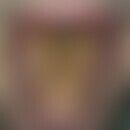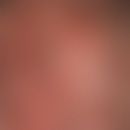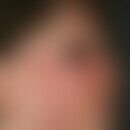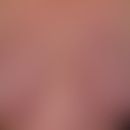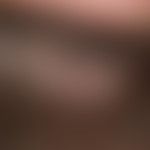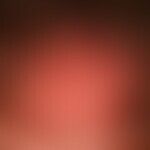Synonym(s)
DefinitionThis section has been translated automatically.
Lichen planus follicularis of the capillitium.
The Lichen planus follicularis capillitii can occur either:
- isolated as topographically defined "minus variant" of the lichen planus follicularis (most common)
- as partial manifestation in combination with a Lichen planus mucosae (see figure)
- as partial manifestation of a classical Lichen planus
- (more rarely) as partial manifestation of a generalized lichen planus follicularis
ManifestationThis section has been translated automatically.
w:m=8:2; people between the ages of 40 and 60 years are preferentially affected.
You might also be interested in
ClinicThis section has been translated automatically.
The skin changes mostly appear as chronic (smouldering), passagger itching, not very sharply defined redness (a plaque character - palpable elevation - cannot be proven in most cases) with rather little scale. Typical are peripilary scaling that distally encloses the hair shaft with the image of "lonely hairs".
The parietal regions, the vertex area, and less frequently the fronto-temporal areas are affected.
Tufted hairs can occur but are (in contrast to folliculitis decalvans) rather rare.
Clinically important is the evidence of scarring (absence of follicular ostia; see also alopecia, scarring; see also Lassueur-Graham-Little syndrome) as well as the exclusion of other scarring alopecia (e.g. lichen planopilaris - usually associated with keratosis pilaris - or lupus erythematodes chronicus discoides).
HistologyThis section has been translated automatically.
Direct ImmunofluorescenceThis section has been translated automatically.
TherapyThis section has been translated automatically.
Early treatment to prevent the development of scarring alopecia.
External therapyThis section has been translated automatically.
Internal therapyThis section has been translated automatically.
LiteratureThis section has been translated automatically.
- Baibergenova A et al. (2013) Lichen planopilaris: update on pathogenesis and treatment. Skinmed 11:161-165
- Gupta SN et al (2003) Lichen planopilaris presenting as truncal alopecia: a case presentation and review of the literature. Cutis 72: 63-66
- Lyakhovitsky A et al (2014) A case series of 46 patients with lichen planopilaris: demographics, clinical evaluation, and treatment experience. J Dermatolog Treat 26: 275-279
- Mehregan DA et al (1992) Lichen planopilaris: clinical and pathologic study of forty-five patients. J Am Acad Dermatol 27: 935-942.
- Mirmirani P (2003) Short course of oral cyclosporine in lichen planopilaris. J Am Acad Dermatol 49: 667-671.
Incoming links (6)
Folliculitis decalvans; Frontal fibrosing alopecia; Graham-little syndrome; Lichen planus exanthematicus; Lichen planus follicularis; Triamcinolone acetonide skin spirit 0,1/0,2 % with salicylic acid 2 % (nrf 11.39.);Outgoing links (11)
Alopecia (overview); Folliculitis decalvans; Glucocorticosteroids; Graham-little syndrome; Lichen planopilaris; Lichen planus classic type; Lichen planus follicularis; Lupus erythematodes chronicus discoides; Triamcinolone acetonide; Triamcinolone acetonide skin spirit 0,1/0,2 % with salicylic acid 2 % (nrf 11.39.); ... Show allDisclaimer
Please ask your physician for a reliable diagnosis. This website is only meant as a reference.

